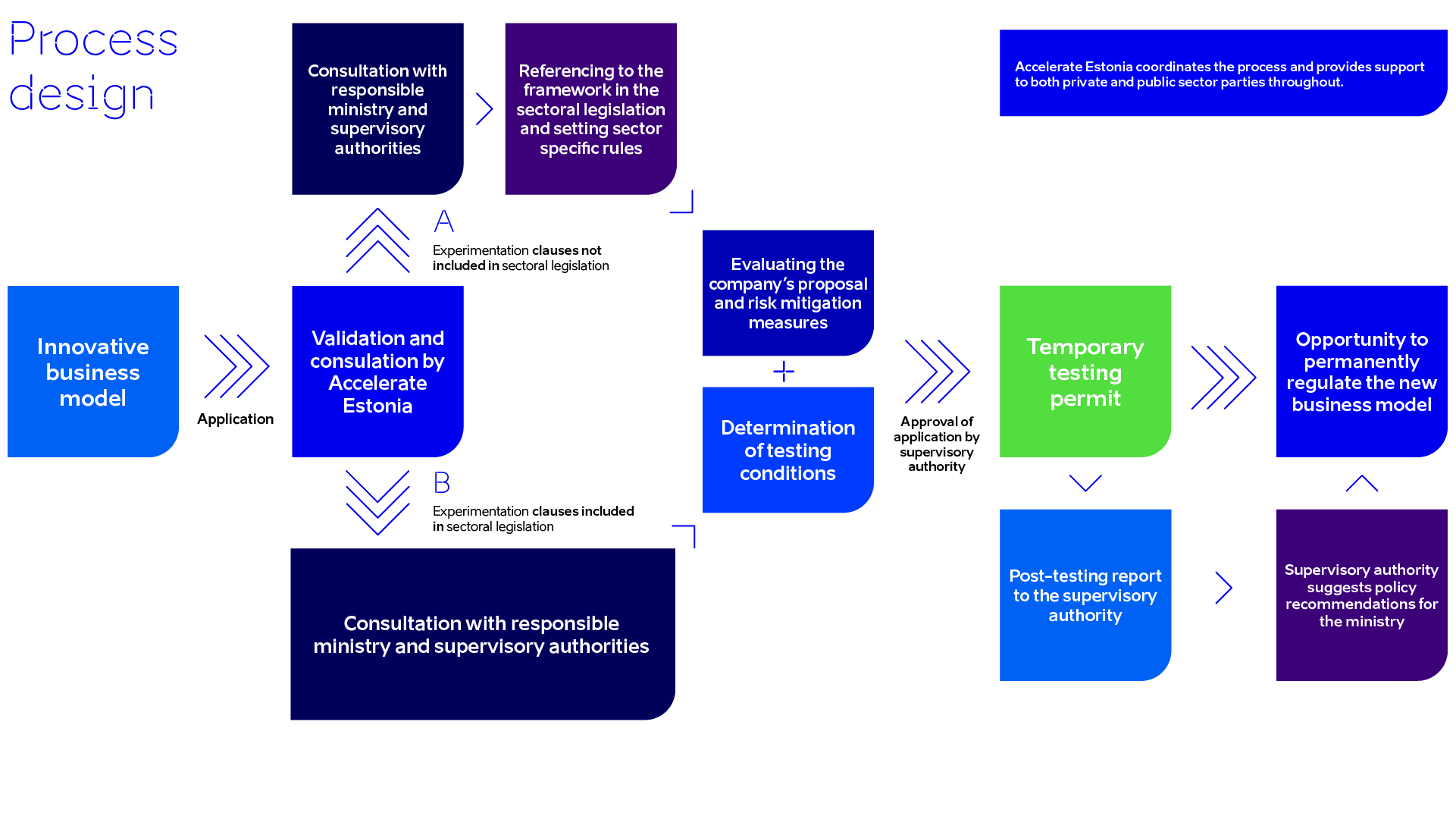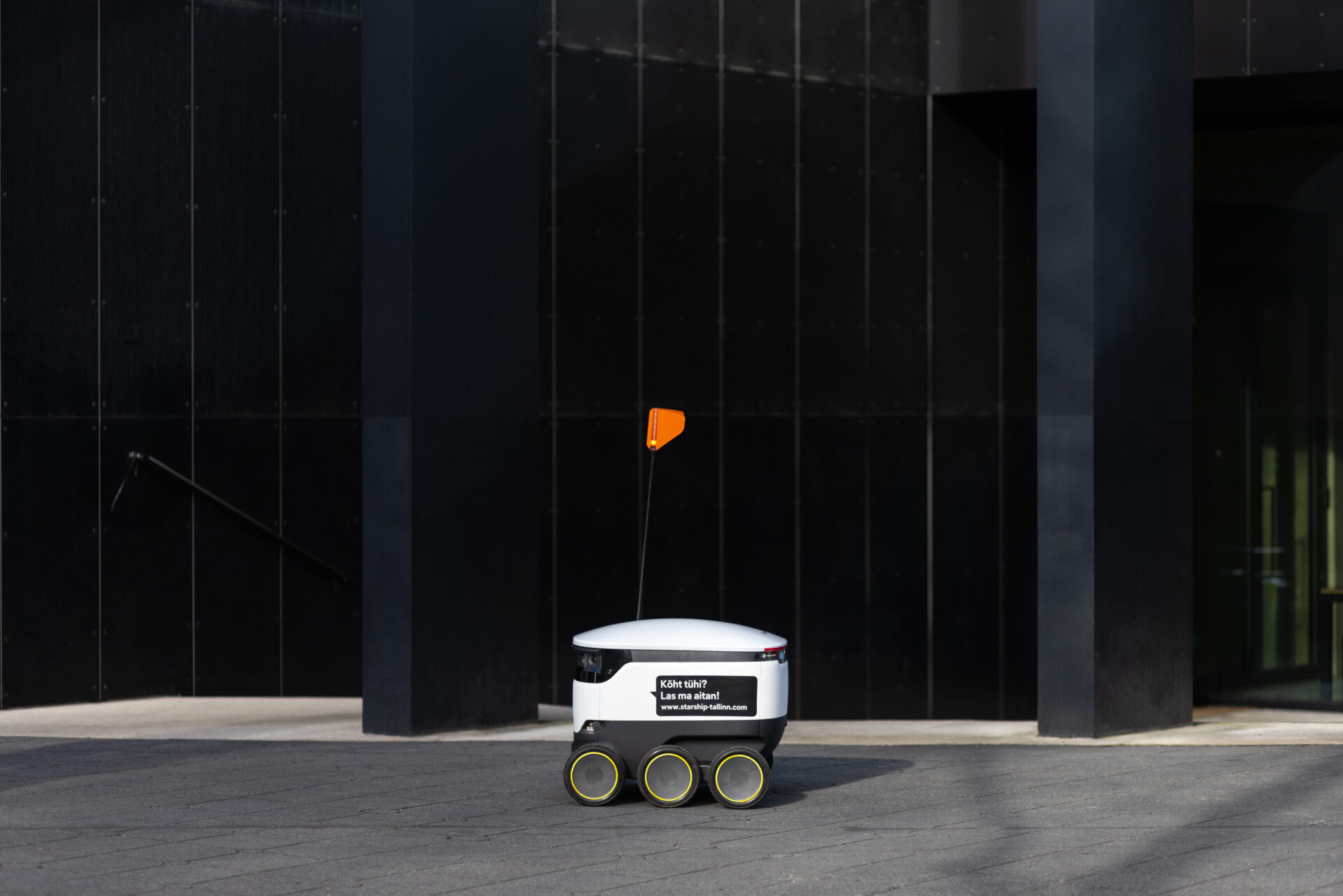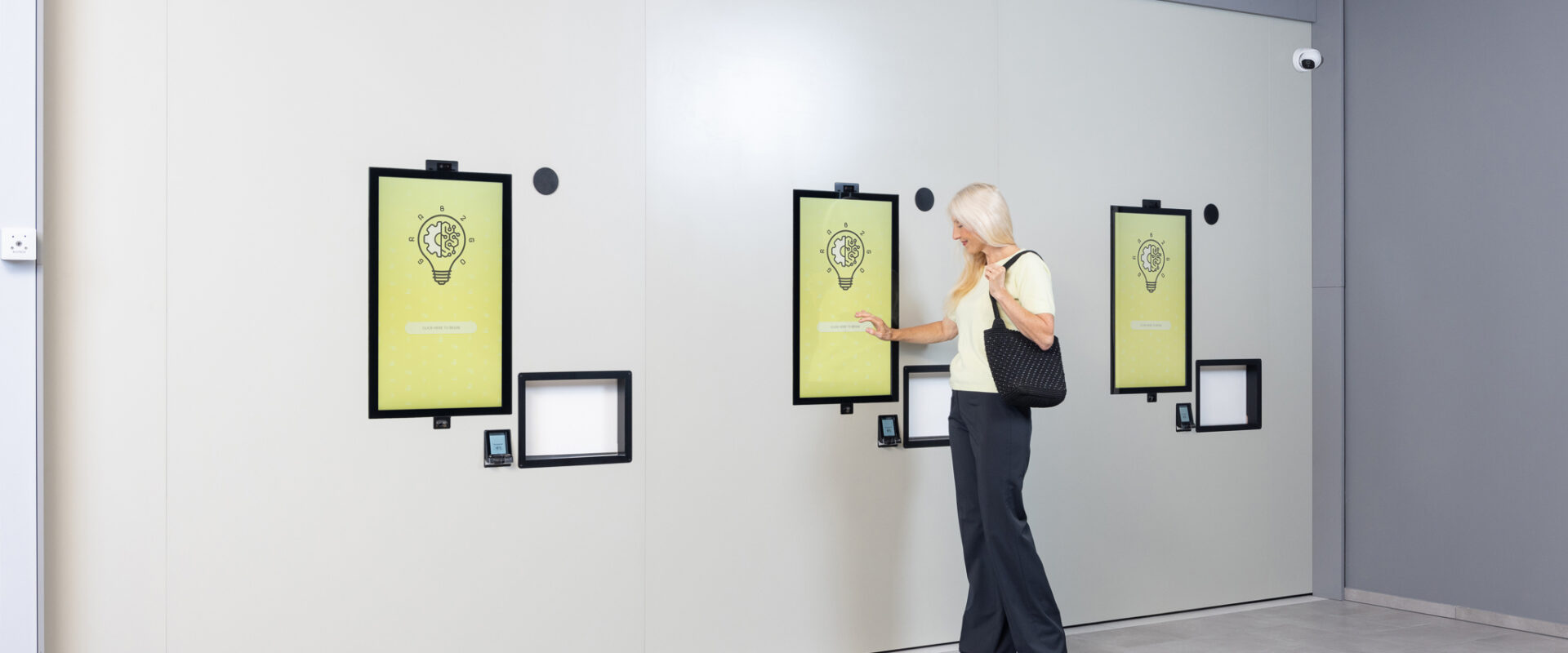Estonia is creating a testbed for companies to safely test new technologies and business models which are prohibited by current regulations.
Experimentation framework

Developing novel business models and technologies:
- Requires testing in the real world, not just in laboratory conditions.
- Often conflicts with existing laws, as legislation cannot anticipate technological progress.
- Is key to boosting an economy’s competitiveness — creating new high-value products, services, and jobs.
Currently new technologies can’t be developed or tested properly in many fields, because existing legislation isn’t keeping pace with emerging technologies.
The Experimentation Framework enables regulatory sandboxes in Estonia.
What is a regulatory sandbox?
- A safe testing environment for companies where the government allows the testing of solutions that are either unregulated or not in compliance with current regulations.
- Testing takes place at a specific location, within a defined timeframe, under the supervision of relevant regulatory institutions and with governmental approval.
- Allows both businesses and government to collect valuable data, which helps develop real-world-ready products and make data based policy decisions.
Economic Benefits and Increased Competitiveness
- International studies have shown that companies participating in regulatory sandboxes raise on average 15% more investment. In Estonia, this would mean an increase from €7.1 million to €8.2 million in an average investment deal.
- Preliminary analysis suggests that companies participating in Estonian regulatory sandboxes could raise a total of nearly €1.7 billion over 10 years. €220 million more than they would potentially raise otherwise, if at all – sandbox participants are 50% more likely to attract investments than their peers.
- 5 out of the TOP20 startups in Estonia in terms of capital raised required at least some regulatory change to enable their business model. These five companies alone have raised over €2.5 billion in investments.
- Over the past five years, every euro raised in the Estonian startup sector has equaled an average of €0.37 in labor tax revenue. In a 10-year forecast the experimentation framework could generate €307–633 million in labor tax revenue, depending on the replacement rate of incoming taxes.
- Companies participating in regulatory sandboxes increase their R&D investments by 10–15% on average and are 63% more likely to file patent applications compared to their peers.
Most existing international regulatory sandboxes have had a narrow focus, mainly providing advice (e.g., how to comply with existing laws). Estonia’s Experimentation Framework would be Europe’s first cross-sectoral and broad-based measure for regulatory sandbox development, making Estonia an attractive destination for international companies to test their solutions or invest in Estonian ventures.

Adaption examples
-
Autonomous Vehicles
 Now permanently legalized, autonomous vehicles are a good example from Estonia’s past where a regulatory sandbox would have been an ideal tool to safely test this innovation before integrating it into permanent legislation.
Now permanently legalized, autonomous vehicles are a good example from Estonia’s past where a regulatory sandbox would have been an ideal tool to safely test this innovation before integrating it into permanent legislation. -
Unmanned aviation
 A drone company wishes to test semi-autonomous flights in urban areas to provide a food delivery service. Current legislation prohibits autonomous beyond-visual-line-of-sight flight in urban spaces.
A drone company wishes to test semi-autonomous flights in urban areas to provide a food delivery service. Current legislation prohibits autonomous beyond-visual-line-of-sight flight in urban spaces. -
Self-service pharmacies
 A robotics company is developing self-service pharmacies that allow for increased efficiency and after-hours access. Current laws do not permit operating a pharmacy without a pharmacist being physically present.
A robotics company is developing self-service pharmacies that allow for increased efficiency and after-hours access. Current laws do not permit operating a pharmacy without a pharmacist being physically present.
Goal
The goal is to integrate the Experimentation Framework into Estonian legislation in 2025, after which the establishment of sector-specific regulatory sandboxes will begin. This project is led by the Ministry of Economic Affairs and Communications with Accelerate Estonia taking the charge.


